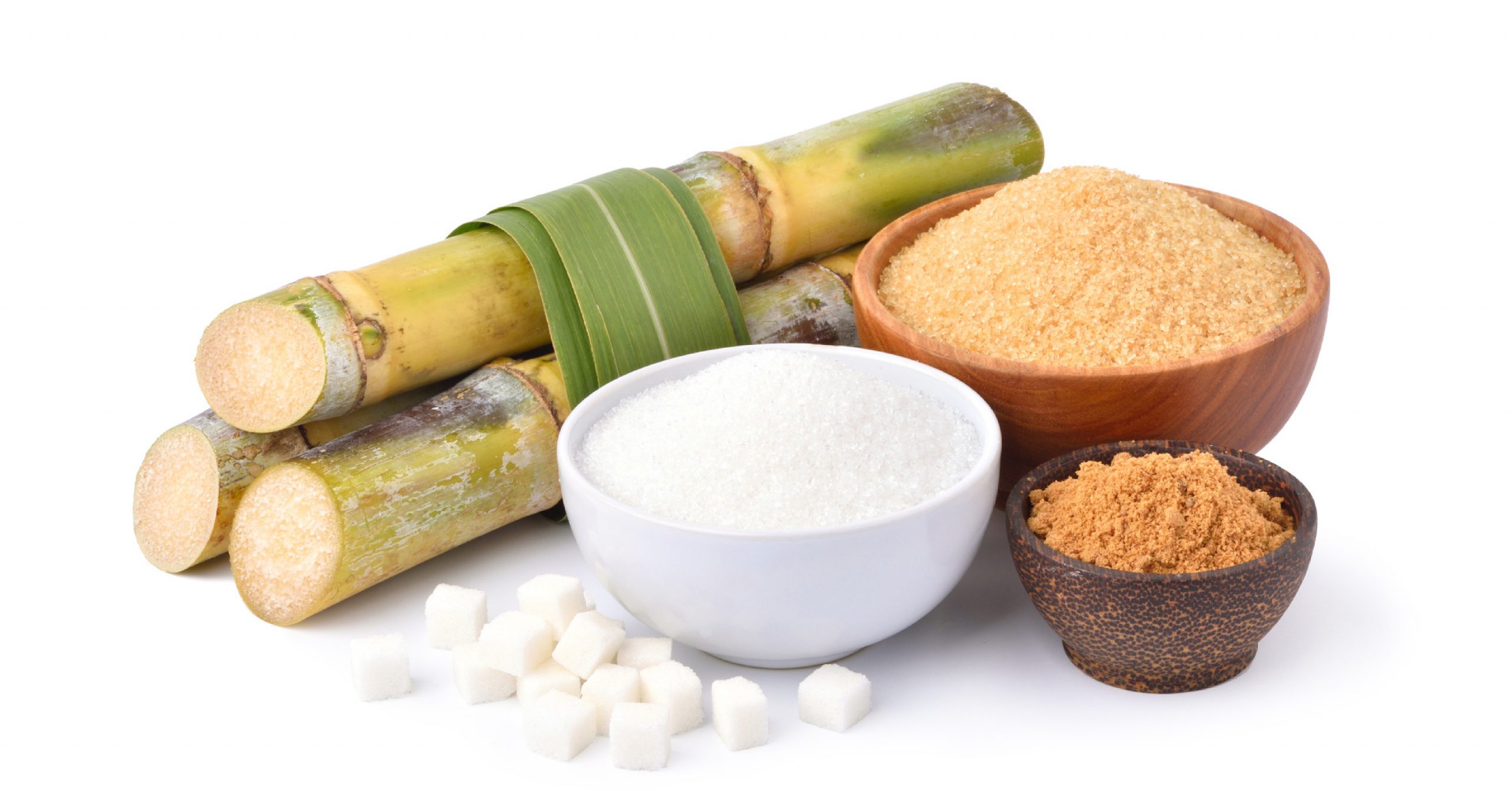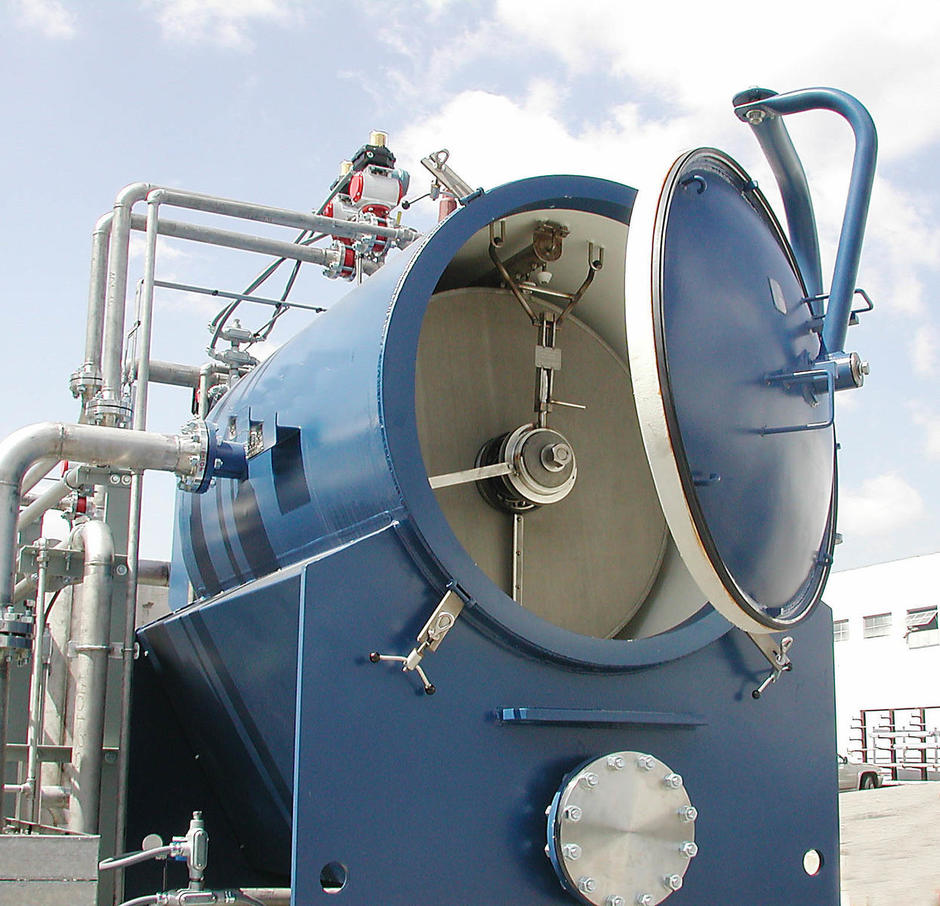Exploring Composting Options for Products From Sugarcane
Discover the Ingenious Advantages of Products From Sugarcane for Sustainable Living
Sugarcane has become an essential source in the quest for lasting living. Its diverse applications cover biodegradable packaging, renewable resource, and much healthier food options. As markets seek environment-friendly alternatives, sugarcane's adaptability supplies promising services. The real capacity of sugarcane expands beyond its existing uses. Exploring its ingenious advantages could disclose new paths towards an extra lasting future. What various other opportunities might this amazing plant hold?

The Rise of Sugarcane as a Sustainable Source
As worldwide awareness of ecological concerns grows, sugarcane has actually emerged as a prominent sustainable resource. This versatile crop supplies an array of advantages that add to environmentally friendly techniques. Sugarcane is a renewable energy, qualified of prospering in diverse climates while soaking up carbon dioxide, therefore reducing greenhouse gas exhausts. Its fast development cycle enables frequent harvesting, leading to a continual supply of raw material.Additionally, sugarcane cultivation frequently requires much less water compared to other crops, making it an efficient alternative in water-scarce areas. The byproducts of sugarcane, such as bagasse and molasses, can be repurposed for various applications, decreasing waste and promoting circular economic situation concepts. In addition, improvements in agricultural methods have caused more sustainable farming techniques, further enhancing sugarcane's environmental profile. As consumers significantly look for lasting alternatives, sugarcane sticks out as a sensible choice for those dedicated to minimizing their ecological impact.
Naturally Degradable Product Packaging Solutions
How can biodegradable packaging options change the means customers come close to sustainability? By utilizing sugarcane-based materials, these innovative remedies offer an engaging option to standard plastics. Naturally degradable packaging made from sugarcane decomposes normally, markedly decreasing garbage dump waste and greenhouse gas emissions. As consumers come to be increasingly familiar with their ecological influence, the demand for sustainable packaging remains to rise.These sugarcane-derived items not only offer sensible functions but additionally align with eco-conscious consumer values. They provide a substantial way for organizations and individuals to add to a round economic climate, promoting source effectiveness and minimizing ecological footprints. Furthermore, as industries embrace eco-friendly options, they promote a society of sustainability that resonates with a growing market seeking responsible choices.In significance, biodegradable product packaging remedies from sugarcane stand for an important action forward in sustainable techniques, equipping customers to make eco-friendly decisions without giving up convenience or high quality.
Renewable Power Generation From Sugarcane
A significant section of sustainable energy generation can be stemmed from sugarcane, showcasing its versatility past typical agricultural uses. Sugarcane biomass, consisting of bagasse and leaves, is a powerful source for bioenergy manufacturing. This biomass can be exchanged biofuels such as ethanol, which functions as a cleaner choice to nonrenewable fuel sources. In addition, the burning of sugarcane by-products creates heavy steam and electrical energy, giving an energy resource for sugar mills and nearby communities.The farming of sugarcane likewise adds to carbon sequestration, as the plants absorb co2 during their growth cycle. By utilizing sugarcane for energy, waste is lessened, and lasting practices are encouraged. This renewable energy method not only supports power needs however likewise advertises country growth, developing tasks in bioenergy markets. Generally, sugarcane sticks out as a principal in the change to sustainable energy solutions, aligning with worldwide efforts to reduce carbon footprints.

Eco-Friendly Textiles and Fabrics
Environmentally friendly textiles and textiles originated from sugarcane provide a promising alternative to traditional materials. These naturally degradable options not just minimize ecological impact but additionally provide sturdiness and performance comparable to standard textiles. Lasting manufacturing procedures further boost their allure, making them an integral part of a lasting way of living.
Eco-friendly Fabric Options
Why is the adjustment towards eco-friendly fabric choices essential for sustainable living? The increasing awareness of ecological destruction has actually motivated a look for alternatives to conventional textiles, which commonly add to contamination and waste. Eco-friendly fabrics, stemmed from sustainable sources such as sugarcane, offer an encouraging service. These products decay normally, lowering landfill build-up and decreasing ecological influence. In addition, they can aid lower carbon impacts and reliance on nonrenewable fuel sources. As consumers come to be much more eco-conscious, the demand for sustainable fabrics expands, encouraging makers to innovate and spend in biodegradable alternatives. This modification not just sustains lasting methods however additionally promotes a round economic climate, leading the way for a much more liable approach to style and fabric manufacturing.
Sturdiness and Performance
When examining environment-friendly textiles and textiles, sturdiness and efficiency are vital aspects. Sugarcane-derived products show outstanding toughness and resilience, making them ideal for various applications. These fabrics often exhibit premium moisture-wicking buildings, which improve comfort in everyday wear. Furthermore, their natural fibers add to breathability, ensuring that garments stay fresh and wearable also popular conditions. The efficiency of sugarcane-based textiles prolongs to their resistance to tear and put on, permitting products to maintain their integrity over time. These green fabrics can be dealt with to enhance UV defense and tarnish resistance, meeting the functional needs of customers without compromising sustainability. Ultimately, sugarcane fabrics offer a harmonious equilibrium of toughness and efficiency, interesting eco aware people.
Sustainable Manufacturing Processes
The outstanding resilience and efficiency of sugarcane-derived fabrics are matched by sustainable production processes that prioritize environmental duty. These procedures use renewable energies, decreasing reliance on nonrenewable fuel sources and lowering carbon impacts. By taking advantage of the by-products of sugarcane cultivation, producers can develop green textiles while promoting waste decrease. Advanced techniques, such as water-efficient dyeing and naturally degradable therapies, better boost the sustainability of these textiles. In addition, using safe chemicals assurances that the manufacturing procedure does not damage ecological communities or human wellness. This commitment to sustainability not just interest eco conscious customers however likewise sustains regional economic climates by advertising lasting farming techniques. Overall, sugarcane-derived textiles stand for a significant step towards a greener future in the fashion business.
Sugarcane-Based Biofuels and Their Effect

Sugarcane-based biofuels have actually arised as a significant alternate power resource, supplying an eco-friendly service to the world's growing energy demands. These biofuels, stemmed from the fermentation of sugarcane juice or molasses, present an even more lasting choice contrasted to fossil fuels. Their production internet procedure produces reduced greenhouse gas discharges, adding to environment change reduction efforts.Additionally, sugarcane biofuels can enhance power safety and security by expanding energy sources and reducing dependancy on imported oil. The cultivation of sugarcane additionally promotes rural growth, developing tasks and boosting regional economies.However, worries regarding land use and food competitors persist, as enhanced biofuel manufacturing may impact food supply chains. Sustainable farming practices are important to stabilizing these guaranteeing and completing passions that biofuel production does not undermine food safety and security. Overall, sugarcane-based biofuels represent an appealing method for a greener power future, supplied that their social and environmental effects are carefully taken care of.
Healthier Alternatives: Sugarcane in Food Products
While many customers seek much healthier options in their diet regimens, sugarcane items supply a nourishing choice to improved sugars and sweetening agents. Acquired from the all-natural removal of sugarcane juice, these products keep essential nutrients, including nutrients, that are typically lost in refined sugars. Sugarcane has antioxidants and dietary fiber, contributing to total wellness and wellness.Many health-conscious individuals are turning to sugarcane syrup and jaggery, which provide a reduced glycemic index contrasted to traditional sugars, making them appropriate for those managing blood sugar degrees. Furthermore, sugarcane-derived sugar can improve the flavor of various dishes without the damaging impacts connected with synthetic additives.This shift towards natural sweetening representatives not just advertises much better dietary options however also straightens with sustainable living practices, as sugarcane is a renewable source. As a result, sugarcane products are arising as beneficial options in the domain name of food.
The Future of Sugarcane in Lasting Advancements
The future of sugarcane is poised to encompass innovative applications that prolong beyond typical uses. Its possible as a source for naturally degradable packaging remedies and renewable resource resources highlights home its role in lasting techniques. Discovering these developments could substantially influence environmental preservation and source monitoring.
Biodegradable Product Packaging Solutions
An increasing number of firms are turning to eco-friendly product packaging solutions originated from sugarcane as an appealing alternative to conventional plastics. These cutting-edge products, typically made from sugarcane fibers and bioplastics, disintegrate naturally, decreasing the lasting ecological influence connected with conventional plastic waste. By using sustainable sources, sugarcane-based product packaging adds to a much more sustainable production cycle, aligning with worldwide initiatives to battle contamination and environment adjustment. Additionally, these solutions typically maintain the toughness and capability needed for different applications, from food containers to delivery products. As customer demand for eco-friendly alternatives expands, organizations adopting sugarcane packaging not only enhance their brand photo but additionally play a critical duty in fostering a round economy, paving the way for a greener future.
Renewable Resource Resources
Naturally degradable packaging remedies are simply one facet of the more comprehensive capacity of sugarcane in promoting sustainability. Another significant application hinges on renewable resource sources. Sugarcane is a flexible crop that can be utilized to create biofuels, such as ethanol, which functions as a cleaner alternative to fossil gas. The fermentation procedure of sugarcane juice yields ethanol that can power lorries and create power. Furthermore, the byproducts of sugarcane handling, like bagasse, can be utilized to create biomass power, supplying a reliable and lasting technique to harness energy. This dual duty as both a source of biofuel and biomass highlights sugarcane's possibility in reducing carbon discharges and supporting a shift to an extra sustainable power landscape in the future.
Often Asked Inquiries
Just How Is Sugarcane Harvested Sustainably?
Sugarcane harvesting can be lasting with techniques like manual cutting, which reduces soil interruption, and using machinery that lowers gas intake (Products From Sugarcane). Plant turning and integrated pest monitoring even more boost environmental health and wellness and advertise long-term dirt fertility
What Are the Ecological Effects of Sugarcane Farming?

Can Sugarcane Products Be Reused?
The inquiry of whether sugarcane items can be reused discloses a positive overview. Lots of sugarcane-derived products, such as bioplastics and packaging, are created for recyclability, adding to a more sustainable waste management approach within environmental factors to consider.
Exist Any Kind Of Downsides to Making Use Of Sugarcane-Based Products?
The downsides of utilizing sugarcane-based products consist of potential land use competitors with food plants, difficulties in large manufacturing, and problems regarding the environmental effect of monoculture farming techniques, which can diminish biodiversity and dirt wellness.
Exactly How Does Sugarcane Farming Affect Citizen Communities?
Sugarcane farming effects regional communities by offering YOURURL.com employment possibility and enhancing local economic situations. However, it can additionally cause land conflicts and environmental concerns, influencing farming techniques and neighborhood health, requiring a balanced strategy to growth. Advancements in agricultural practices have led to even more sustainable farming approaches, even more enhancing sugarcane's ecological profile. Furthermore, the burning of sugarcane by-products generates steam and electricity, offering an energy source for sugar mills and nearby communities.The growing of sugarcane also adds to carbon sequestration, as the plants take in carbon dioxide during their development cycle. By making use of sugarcane for energy, waste is decreased, and lasting methods are encouraged - Products From Sugarcane. Sugarcane consists of anti-oxidants and nutritional fiber, adding to overall health and wellness and wellness.Many health-conscious people are transforming to sugarcane syrup and jaggery, which supply a lower glycemic index contrasted to traditional sugars, making them ideal for those taking care of blood sugar levels. In addition, the byproducts of sugarcane processing, like bagasse, can be utilized to generate biomass energy, using a lasting and efficient technique to harness energy